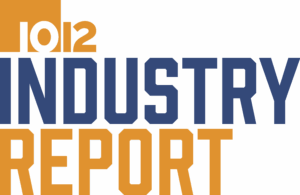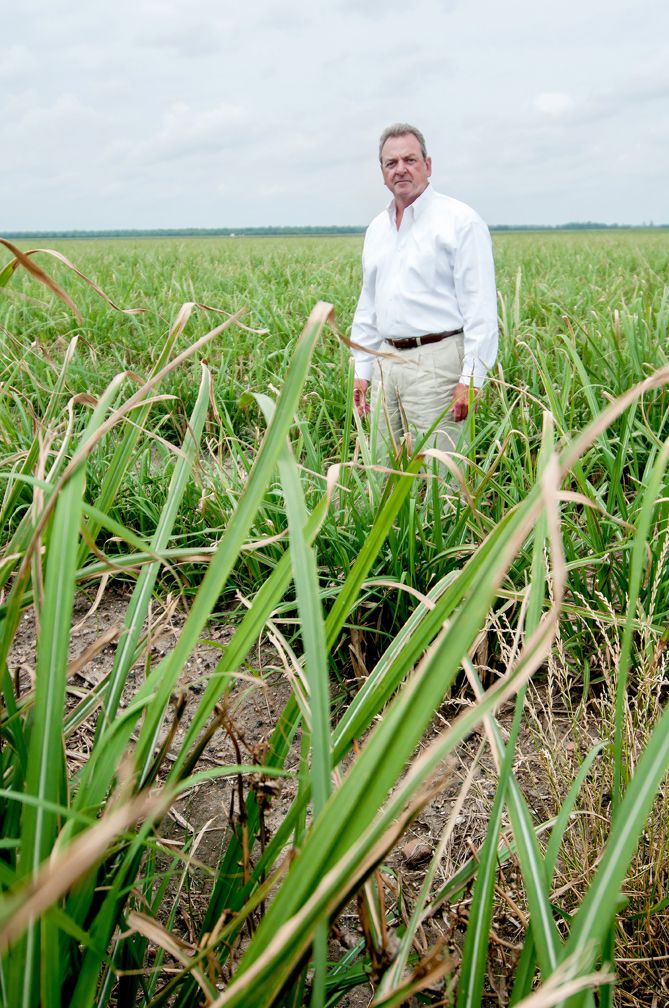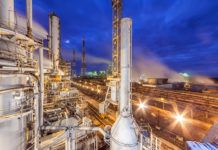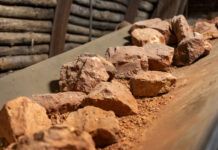For generations, Mark Noel’s family has owned 1,000 acres of riverfront property in the tiny community of Modeste, Louisiana, hugging the west bank of the Mississippi River. For most of that time, the land was used to grow sugarcane and little else.
That all began to change a few years ago, when a Russian fertilizer plant owner approached Noel about the possibility of buying the land for industrial development. Although the deal eventually fell through, he and his family hatched an idea that would become much bigger than the sugarcane that grows there. They began to view the property, along with about 16,000 in additional acreage surrounding it, as the best option for a new Ascension Parish industrial park.
Since that time, Noel has become a major proponent of what is now referred to as the West Bank Industrial Overlay, and he is enthusiastic about its potential for attracting new industry to Ascension Parish.
“Development here could do for south Louisiana what Disney World did for Florida,” Noel, president of L.J. Noel Inc., says. Of course, Noel’s family stands to profit significantly if the proposed industrial park comes to fruition, especially since his property borders about 3,500 feet of the river and is centrally located in the development. Recent feasibility studies sponsored by Louisiana Economic Development have determined that Noel’s land is also the best location for a new megadock that would support many of the park tenants.
On the east side of the river, land is scarce. Industrial owners purchased large swaths of it over the years to secure their spots on the riverfront and create buffer zones around their plants. The dwindling river frontage has been a concern for years, prompting state and parish officials to look for ways to maximize the use of the remaining available land or convince landowners to more efficiently use existing property.

DEVELOPMENT READY
Leading the charge on several fronts is Mike Eades, Ascension Economic Development Corp.’s president/CEO. Eades, along with a “working team” that includes the Baton Rouge Area Chamber, Louisiana Economic Development, and a consulting engineer and planner, have solidified Noel’s vision into the 17,000-acre West Bank Overlay development, consisting of 275 individually owned parcels of land.
Eades says development of the park is progressing. “We completed the signing of the MOUs (memorandums of understanding) with the larger, existing land owners about this time last year,” he adds. “As such, they’ve agreed to give us access to the property for due diligence purposes, to allow us to market the property to prospects and developers and to pursue the adoption of an Industrial Overlay district.”
In turn, the owners’ property values would presumably increase as infrastructure is developed.
Eades would like to have the land certified through Louisiana Economic Development’s Certified Sites program, which qualifies industrial sites based on zoning restrictions, title work, environmental studies, soil analysis and surveys. The sites certified through the program are 180-day development ready and have substantial due diligence studies performed.
However, Larry Henson, director of business intelligence at LED, feels the full certification of the West Bank Overlay acreage would be cost prohibitive. “The largest site we’ve certified has been just over 1,000 acres,” he adds. “I’m not sure that LED will get to a point of certifying the entire site. It would be entirely too expensive.”
Instead, Henson hopes that enough information can be derived from recent feasibility studies to entice a private developer with deep pockets, who would coordinate the entire endeavor. “That’s one reason we went ahead with the rail and dock feasibility study—to see how the rail and docks would lay out in relation to the parcels of land and who owned them.”
LED funded 75% of the due diligence studies through its Economic Development Site Readiness program.
In addition to overseeing the Certified Sites program, Henson supports business developments such as the one in Ascension. Over the years, Ascension Parish has had more land certified by LED than any other parish, with nine of 65 sites statewide residing there.
At the West Bank Overlay site, Henson says the preliminary “due diligence” has been completed. “We’ve performed a rail and dock feasibility study, so we know it has the potential for development,” he adds. “We’ve shown that deep water docks can be built there and that Union Pacific is interested in serving the site with rail.”
Eades feels the demand side of the equation is also there. “There’s obviously a demand for river access by certain process-oriented owners,” he adds. “Demand has been well demonstrated.”
Still, if state and local groups hope to entice a developer, they’ll need to move fast. While Noel realizes the development of an industrial park would be a boon for the parish, he would sell his property outright should an opportunity come along. “I’ve made that very clear to the people at LED and AEDC,” Noel says. “We have to look out for our shareholders, our family. We have to make decisions that will benefit them, and I can’t just sit back and say, well, this would be for the good of the parish [if I wait].”
![HENSON: “[Co-location is] like speed dating. It’s usually on a short time frame, and it’s got to be completely beneficial to both sides.”](/wp-content/uploads/2016/05/Larry-Henson3-DK-1024x680.jpg)
MAXIMIZING SPACE
Eades would like shared services—such as the planned docks and rails at the West Bank Overlay site—to play an increasingly meaningful role in Ascension Parish. On the east side of the river, industrial owners typically have separate docks, water intakes, treatment facilities and rail yards.
“That’s not a very efficient use of space,” Eades says. “We’ve envisioned the creation of a superdock for some time, but this [the west bank site] added fuel to the fire.” A recent AEDC study found that Geismar, the town at the center of Ascension Parish’s industrial development, averages a dismal 0.4 jobs per acre, a number he hopes to increase at the West Bank Overlay project.
Another AEDC initiative aimed at maximizing the use of available space is “co-location,” where existing plants offer land and shared services to new plant owners as part of a mutually beneficial arrangement. These new plants often, but not always, produce raw chemicals or represent the next step in production for their host plant.
This can be appealing to a plant owner, who could potentially avoid transporting hazardous materials by truck, ship or rail. “It’s an attractive proposal if you can sell that chemical to somebody that’s sitting next door to you rather than transport to another location,” Eades says.
Despite its benefits, LED’s Henson says co-location can be a difficult proposition. “It’s like speed dating,” Henson says. “It’s usually on a short time frame, and it’s got to be completely beneficial to both sides. The existing plant likes to find someone who could buy some of their product or somebody that makes something that they need to go into their process. Then they talk about sharing services such as steam, security, cogeneration, etc. What makes it difficult is that it’s got to be a near-perfect match.”
At most, LED and local agencies have 10 days to make a match work, which Henson says is not adequate time.
Still, some co-location proposals are successful. Lion Copolymer in Geismar has been aggressive in its co-location efforts, making tracts of land available with amenities already in place. In one such arrangement, REG Geismar (formerly Dynamic Fuels) operates a renewable diesel bio refinery on Lion property. Among other things, “they share Lion’s security gate, so they don’t have to duplicate having that security guard,” Eades says.
Additionally, Stepan Chemical—manufacturer of specialty and intermediate chemicals—recently announced that it plans to co-locate at an undetermined site in the parish to create its new $60 million to $70 million chemical production facility. The facility is expected to create an additional 98 new indirect jobs, for a total of more than 130 new jobs. Another 65 construction jobs would be created by the project.
Originally published in the second quarter 2016 edition of 10/12 Industry Report.








